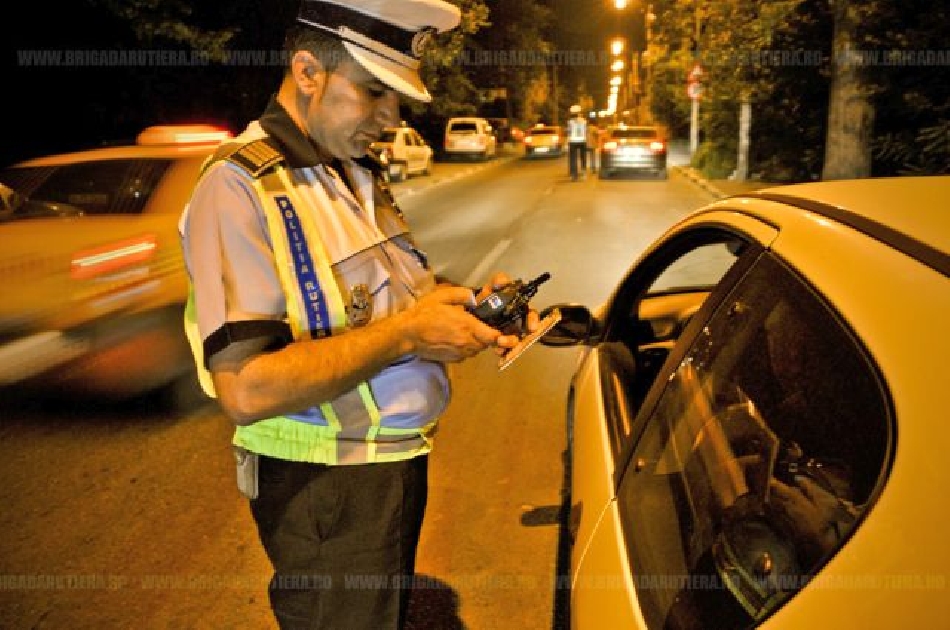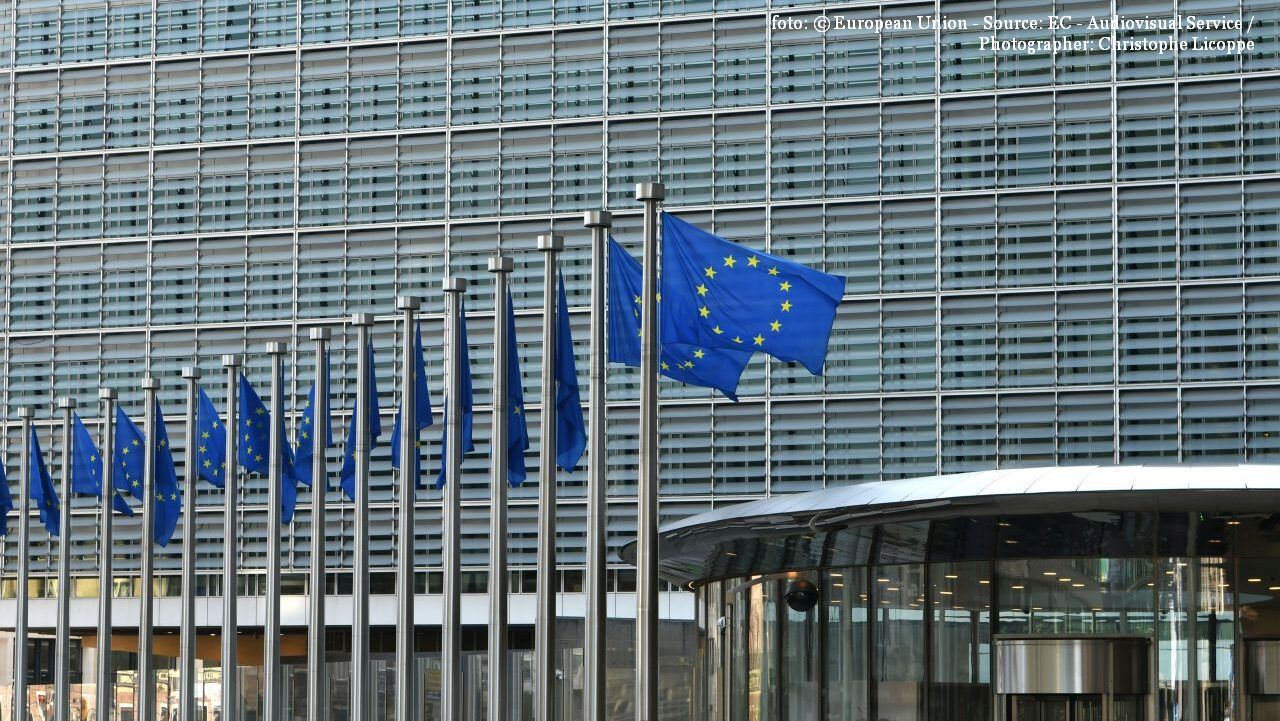A New Road Traffic Code
Romanian MPs are discussing a draft road traffic code.

Valentin Țigău, 17.10.2013, 13:34
The Romanian Government on Wednesday adopted a draft law on the amendment of an Emergency Ordinance of 2002 regarding road traffic. The new code has been already submitted to Parliament for approval. A week ago, the Government postponed the decision pending the clarification of technicalities related to the establishment of a single bank account where fines are to be paid. According to the latest provisions, fines for traffic offences will have to be paid in a bank account opened with the National Treasury, and from there will be transferred to local town halls.
Any drivers who fail to pay the fine will have their license suspended. The new code sets the maximum fine threshold at 2150 euros and the maximum license suspension period at 2 years. Under the new code, the driving of a vehicle on public roads after having used drugs or medication with effects similar to narcotics, or with a blood alcohol concentration above 0.2% is strictly forbidden. Driving with a blood alcohol concentration above 0.5% will be considered a crime and is punishable by up to 5 years in prison. Official statistics show that Romania ranks 3rd at EU level in terms of road traffic fatalities, with 11.1 victims per hundred thousand people.
According to the 2013 Global Status Report on Road Safety in 182 countries, Poland and Lithuania rank first and second in terms of traffic safety at EU level. The number of road fatalities at world level stands at 1.24 million per year. On the other hand, a recent study conducted by the Romanian Competition Council reads that in 2012 the average number of cars in Romania stood at 203 units per thousand people in 2012, as compared to the EU average of 473.
The difference is due to the rapid increase in car ownership after the period before 1989, when car prices exceeded the buying capacity of wage earners with medium incomes. Things changed really fast, to the point that the number of cars in Romania had reached 4.5 million in 2011, tantamount to nearly four times the number of cars in use in 1990. The new code is designed to better accommodate these changing realities.
Prime Minister Victor Ponta said the effective impact of the new code on the number of traffic accidents will undergo an analysis after a certain period of time, which may range from a couple of months to two years. Such a law, Ponta argues, cannot stay unchanged for 50 years, since it needs to constantly reflect changes in society.






























